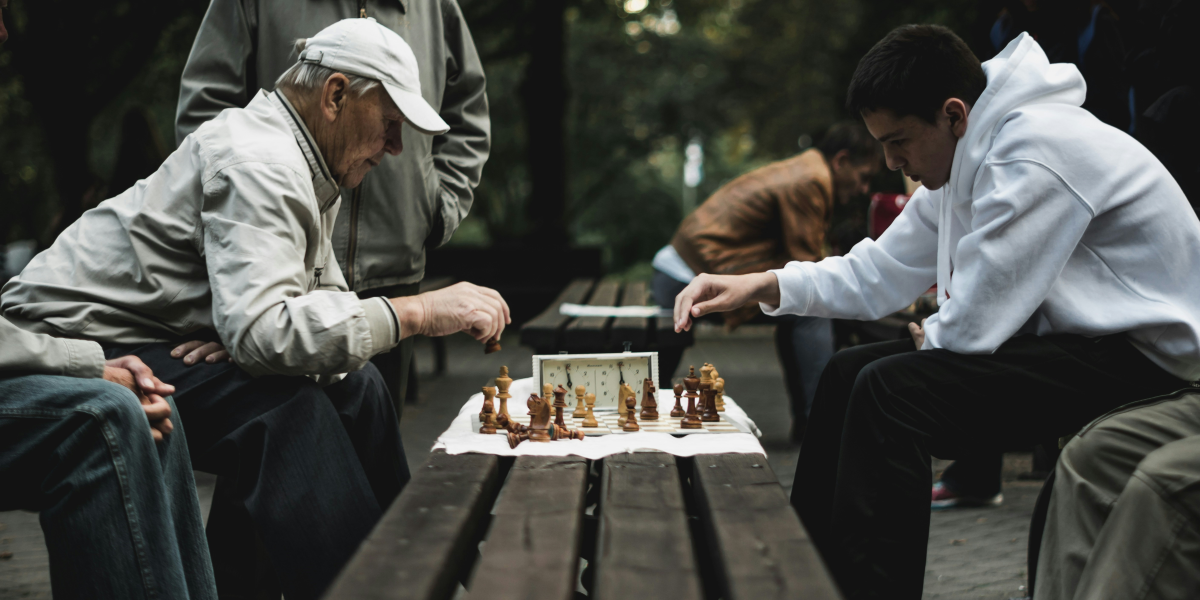Why Staying Active Matters After 50
As men reach their fifties, maintaining physical activity becomes increasingly important for overall health. Regular exercise supports cardiovascular function, strengthens muscles, and helps preserve flexibility. It also plays a role in mental well‑being, reducing stress and improving mood. According to GentsWays, staying active after 50 is essential for maintaining vitality and independence.
The body naturally undergoes changes with age, including reduced muscle mass and slower metabolism. These changes can make it harder to stay fit without intentional effort. Sports provide a structured yet enjoyable way to counter these effects. Unlike solitary workouts, sports combine physical activity with social interaction, which can make exercise more sustainable.
For many men, the challenge is finding activities that are both safe and enjoyable. Low‑impact sports and recreational games offer opportunities to stay fit without placing excessive strain on joints or increasing the risk of injury.
Choosing the Right Sports for Joint Health
Joint health becomes a priority after 50, as cartilage and connective tissues may not recover as quickly as they once did. High‑impact activities such as long‑distance running can sometimes cause discomfort. Instead, sports that emphasize balance, flexibility, and moderate intensity are often recommended.
According to Mighty Goodness, activities like swimming, cycling, and tai chi are particularly beneficial. Swimming provides a full‑body workout while reducing stress on joints. Cycling strengthens the legs and improves cardiovascular endurance without the pounding impact of running. Tai chi, often described as meditation in motion, enhances balance and coordination while promoting relaxation.
These sports not only protect joint health but also encourage consistency. When exercise feels comfortable and enjoyable, men are more likely to maintain it as part of their routine.
Team Sports for Social Connection
Beyond physical health, sports can also strengthen social connections. Team activities such as basketball, softball, or pickleball provide opportunities to bond with others while staying active. Social interaction is linked to better mental health outcomes, including reduced risk of depression and cognitive decline.
Pickleball, in particular, has gained popularity among older adults in the United States. It combines elements of tennis, badminton, and ping pong, offering a fun and accessible way to stay active. The smaller court size and slower pace make it easier on the body while still providing a good workout.
Engaging in team sports also adds accountability. Regularly scheduled games encourage consistency, while the camaraderie of teammates makes exercise feel less like a chore and more like a shared experience.
Individual Sports for Flexibility and Focus
For men who prefer exercising on their own, individual sports can provide both flexibility and focus. Golf, for example, combines walking with skill development, offering a moderate workout that also challenges concentration. Tennis, when played at a recreational pace, provides cardiovascular benefits and improves agility.
Martial arts such as judo or karate can also be adapted for older adults. These sports emphasize discipline, balance, and controlled movement. They provide both physical and mental benefits, helping men stay sharp while building strength and coordination.
The key is to choose activities that align with personal interests. Enjoyment increases the likelihood of long‑term commitment, ensuring that exercise remains a consistent part of daily life.
Balancing Safety and Challenge
Safety is an important consideration when choosing sports after 50. Warm‑up routines, proper equipment, and gradual progression help reduce the risk of injury. Consulting with a healthcare provider before starting a new sport can also provide reassurance and guidance.
At the same time, it’s important to embrace challenge. Moderate intensity exercise is safe for most men over 50 and provides significant health benefits. Sports that require coordination, strategy, and endurance can keep both body and mind engaged.
According to the Centers for Disease Control and Prevention, multicomponent physical activities that combine aerobic exercise, strength training, and balance work are most effective for older adults. Sports that naturally incorporate these elements provide a well‑rounded approach to fitness.
The Mental Benefits of Sports
Physical activity is closely linked to mental health. Sports provide a sense of accomplishment, reduce stress, and improve sleep quality. They also stimulate the release of endorphins, which are natural mood enhancers.
For men over 50, sports can also provide structure and purpose. Regular participation creates routine, while skill development offers ongoing goals to work toward. These factors contribute to a sense of well‑being and resilience.
Social sports, in particular, can reduce feelings of isolation. Whether through casual games or organized leagues, the friendships formed through sports often extend beyond the playing field, enriching overall quality of life.
Outlook for Active Aging
The outlook for men over 50 who stay active through sports is positive. Regular participation supports physical health, mental well‑being, and social connection. By choosing activities that are enjoyable and sustainable, men can maintain fitness while also having fun.
Sports such as swimming, cycling, golf, pickleball, and tai chi demonstrate that exercise doesn’t need to be strenuous to be effective. These activities provide balance, strength, and cardiovascular benefits while remaining accessible.
The message is clear: staying active after 50 is not only possible but also rewarding. With the right approach, sports can provide both exercise and enjoyment, supporting a healthy and fulfilling lifestyle.








